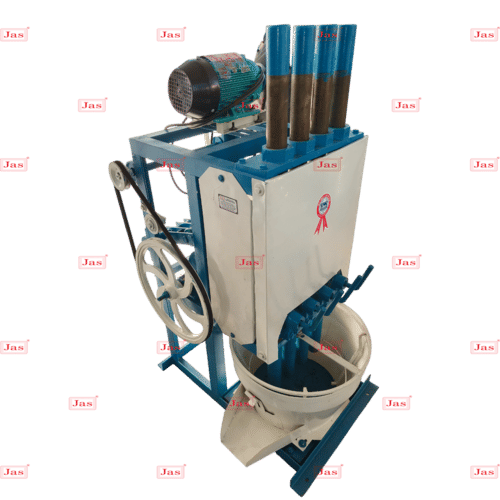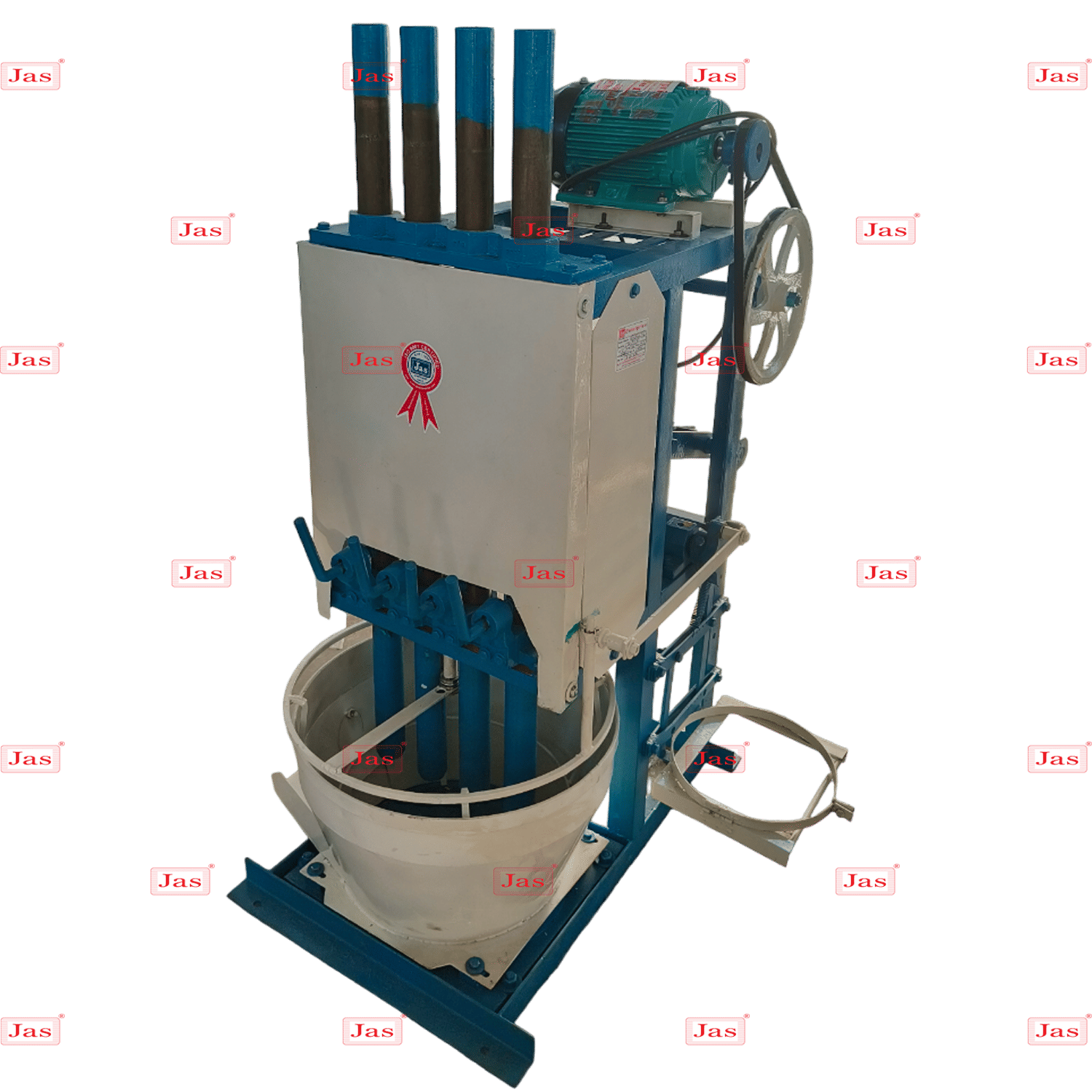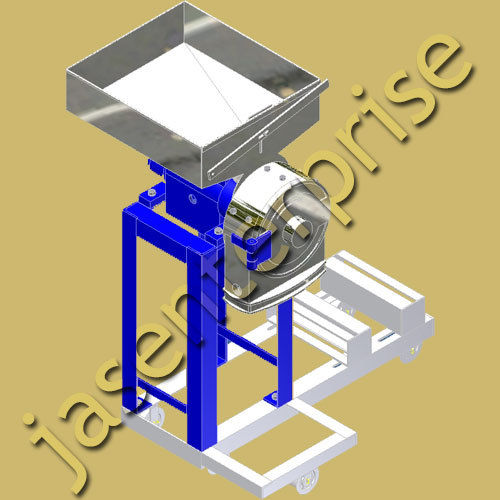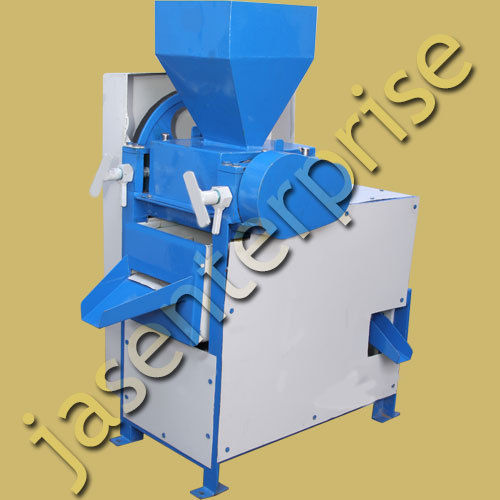Red Chilli Pounding
41000 INR/Unit
Product Details:
- Capacity 8-20 Kg/hr
- Automatic Yes
- Power 1/2 Horsepower (HP)
- Voltage 230/440 Volt (v)
- Feature High Performance ECO Friendly Low Noise Lower Energy Consumption High Efficiency
- Click to View more
X
Red Chilli Pounding Price And Quantity
- 41000.00 - 68000.00 INR/Unit
- 1 Unit
- 41000 INR/Unit
Red Chilli Pounding Product Specifications
- High Performance ECO Friendly Low Noise Lower Energy Consumption High Efficiency
- 1/2 Horsepower (HP)
- Yes
- 230/440 Volt (v)
- 8-20 Kg/hr
Red Chilli Pounding Trade Information
- Cash Against Delivery (CAD) Cash Advance (CA) Cash in Advance (CID) Cheque Western Union
- Asia Australia Central America North America South America Eastern Europe Western Europe Middle East Africa
- All India South India Central India West India North India East India Gujarat Karnataka Kerala Lakshadweep Mizoram Meghalaya Manipur Andhra Pradesh Bihar Chandigarh Daman and Diu Goa Jharkhand Odisha Punjab Assam Delhi Dadra and Nagar Haveli Andaman and Nicobar Islands Arunachal Pradesh Chhattisgarh Haryana Himachal Pradesh Jammu and Kashmir Madhya Pradesh Maharashtra Nagaland Rajasthan Sikkim Tamil Nadu Telangana Tripura Pondicherry Uttar Pradesh Uttarakhand West Bengal
- ISO
Product Description
Tell us about your requirement

Price:
Quantity
Select Unit
- 50
- 100
- 200
- 250
- 500
- 1000+
Additional detail
Mobile number
Email












